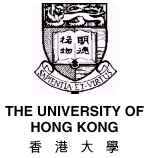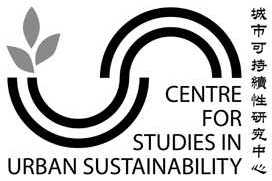Geographical Information Systems and Urban Development in the Pearl River Delta As a result of the 1978 economic reforms and the adoption of a more ‘open door’ policy in China, the number of Chinese cities has increased dramatically, from 194 in 1978 to over 620 in 1997. Consequently, the urban population living in these cities has risen from 12% in 1978 to over 40% in 1997. Cities in the Pearl River Delta have experienced very rapid urban development with an average growth rate of 20%. Professor Anthony Yeh has studied the problems that are occurring in the Pearl River Delta due to this sudden, dramatic growth. Professor Anthony Yeh’s study aims to develop a sustainable land development model to analyse the growth corridor between Hong Kong and Guangzhou. Land use information is collected by remote sensing and data from a Geographic Information Systems (GIS) system. The integration of remote sensing and GIS in sustainable land development has three applications: land information can be updated in the GIS database tracking changes such as road development and land use change, the images can be used to present information in a spatial or textural pattern and the model can also be used for the planning of future development. In the case of the Pearl River Delta the model will evaluate the environmental impact of urban development on the valuable agricultural land over the next two decades, should the current trend of uncontrolled urban development continue. The model enables different urban development scenarios to be simulated and the development of an optimal urban development pattern for different economic and infrastructure developments and planning controls. In recent years large areas of valuable agricultural land on the south China coast have been converted for non-agricultural use, essentially because of short term economic benefits. The long term problems of this action are significant. The encroachment on agricultural land in the Pearl River Delta will impact on further economic and social development. The depletion of the food production capacity is serious in an area that used to be one of the most important agricultural regions in China. Unplanned development also makes the land more vulnerable to the effects of soil erosion and landslides. The integration of remote sensing and GIS provides an efficient way to help planners and decision makers to monitor land-use changes and formulate a sustainable development strategy to guide further urban growth. 'An integrated remote sensing and GIS approach in the monitoring and evaluation of rapid urban growth for sustainable development in the Pearl River Delta, China', published in the International Planning Studies 1997, Vol. 2, No. 2, pp. 195-222 (A.G.O. Yeh and Xia Li)‘Sustainable land developing model for rapid growth areas using GIS’ published in the International Journal of Geographical Information Science 1998, Vol. 12, No. 2. pp. 169-189 (A.G.O. Yeh and Xia Li) 'Principal component analysis of stacked multi-temporal images for the monitoring of rapid urban expansion in the Pearl River Delta' published in the International Journal of Remote Sensing 1998, Vol. 19, No. 8, pp. 1501-1518 (Xia Li and A.G.O. Yeh) For more information : http://www.hku.hk/cupem/index.html
|
|

